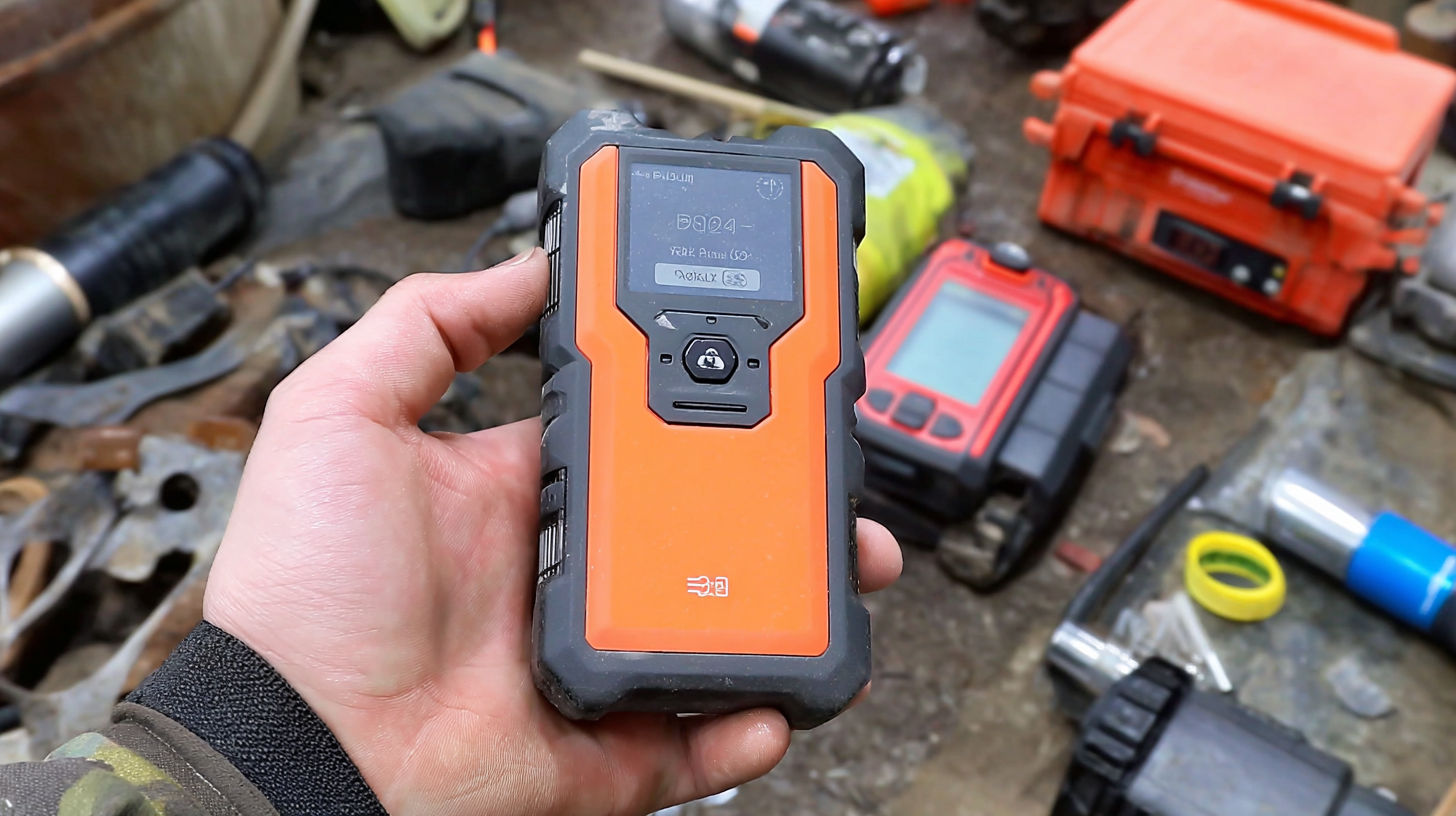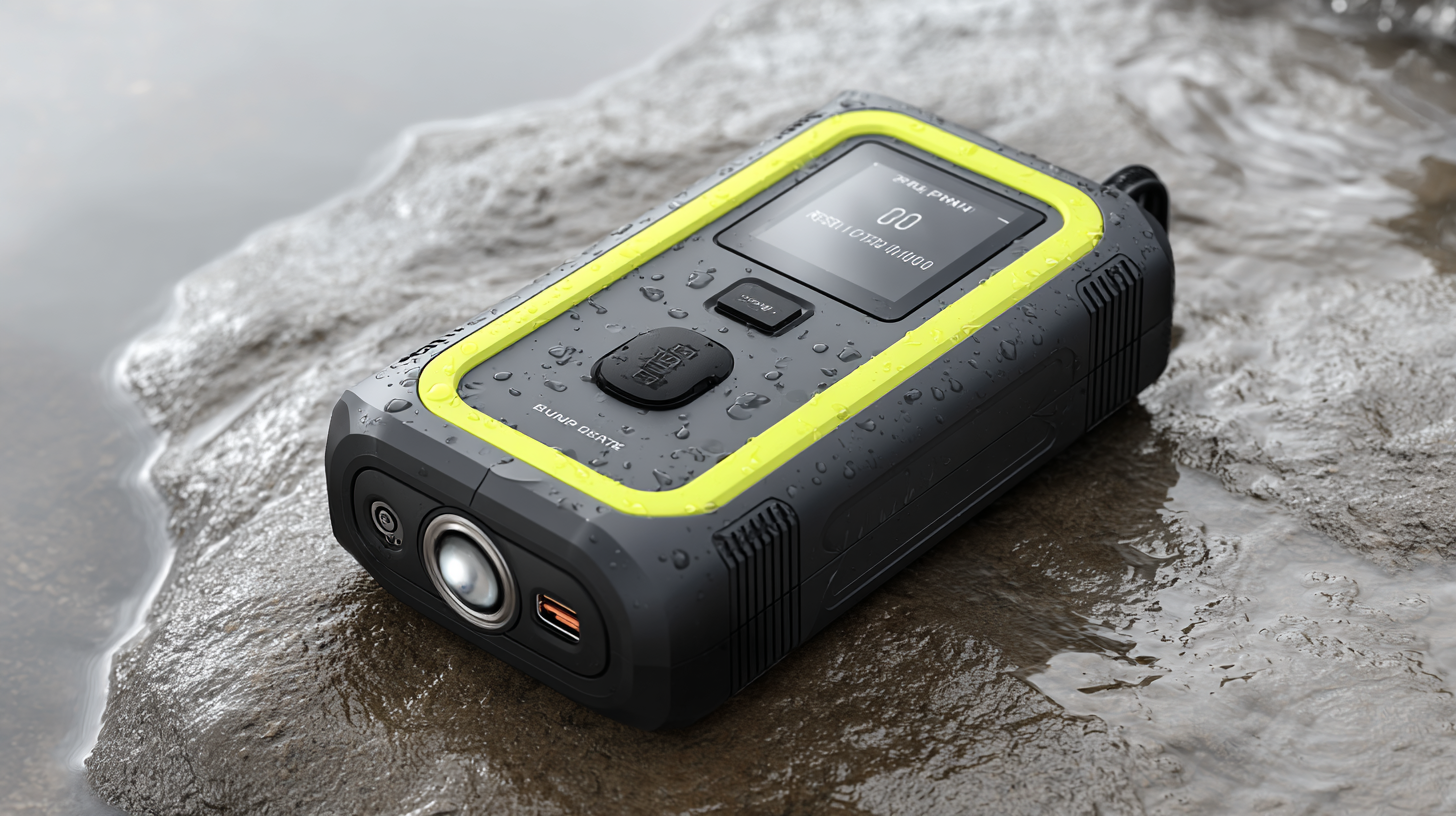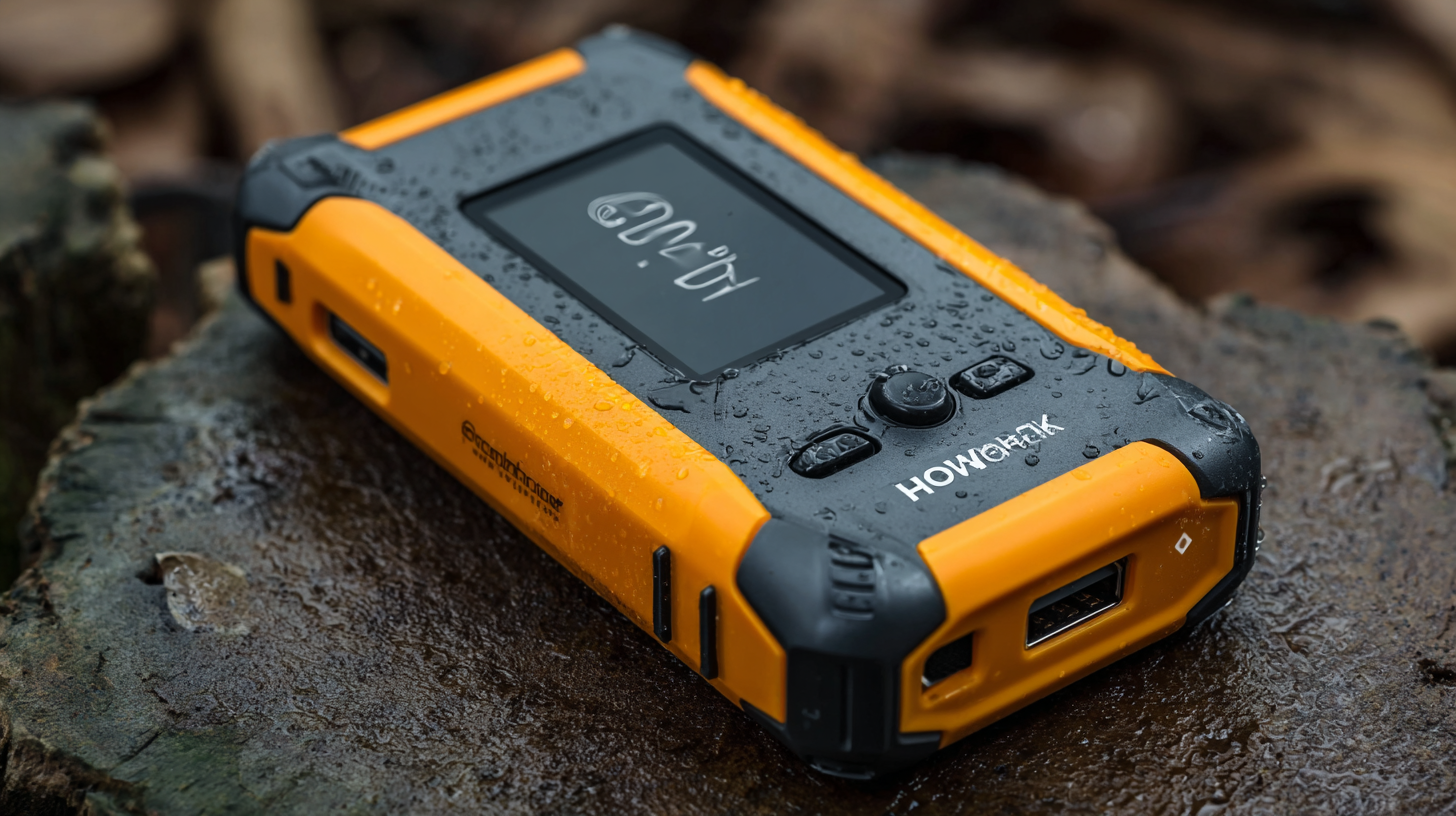
How to Identify Top Suppliers for the Best Outdoor Power Bank: A Global Procurement Guide
In today's fast-paced world, the demand for reliable power sources is ever-increasing, especially for outdoor enthusiasts who rely on their devices while exploring nature. An Outdoor Power Bank serves as an essential companion, ensuring that smartphones, GPS devices, and other gadgets remain charged during adventures. However, as the market becomes saturated with numerous brands and options, identifying the top suppliers for high-quality Outdoor Power Banks can be a daunting task. This blog aims to provide a comprehensive global procurement guide that highlights alternative types of Outdoor Power Banks, helping consumers and businesses alike navigate the complexities of supplier selection. By focusing on key factors such as performance, durability, and pricing, this guide will empower readers to make informed decisions and secure the best outdoor power solutions for their needs.

Understanding Essential Features of Outdoor Power Banks for 2025
When considering outdoor power banks for 2025, understanding essential features is crucial to ensuring reliability and performance. With a projected growth in the portable power bank market, expected to reach $25 billion by 2025, consumers will increasingly demand efficiency and durability in their devices. Key features to prioritize include capacity, charging speed, weight, and resistance to environmental factors. A high-capacity power bank, typically above 20,000 mAh, can charge multiple devices without compromise, making it ideal for outdoor adventures.
**Tip:** Always check the power bank's output wattage. For fast charging, look for a model that supports Quick Charge or Power Delivery technologies, which can reduce charging time by up to 75%, ensuring your devices are powered up swiftly when you're on the go.
Another important aspect is the construction of the power bank. As per industry reports, power banks with an IP67 or higher rating are gaining traction, providing dust and water resistance that caters to the rugged outdoor environment. A lightweight design, ideally between 300-500 grams, enhances portability, making it easier for users to carry during hikes or camping trips.
**Tip:** Opt for power banks with built-in safety features, such as short circuit protection and thermal regulation, to safeguard your devices during extreme conditions. These additional layers of safety can significantly extend the lifespan of your power bank as well as the devices you charge.
Outdoor Power Bank Features Comparison for 2025
This chart displays a comparison of essential features of outdoor power banks, including battery capacity, weight, water resistance, solar charging capability, and charging ports. These features are crucial for consumers in choosing the best outdoor power bank for their needs in 2025.
Key Criteria for Evaluating Potential Suppliers in the Global Market
 When searching for the best outdoor power banks, identifying top suppliers involves a detailed evaluation process. Key criteria should focus on the supplier's reputation, product quality, and compliance with international safety standards. Conducting thorough research through customer reviews and certifications can provide insight into a supplier's reliability and ethical practices.
When searching for the best outdoor power banks, identifying top suppliers involves a detailed evaluation process. Key criteria should focus on the supplier's reputation, product quality, and compliance with international safety standards. Conducting thorough research through customer reviews and certifications can provide insight into a supplier's reliability and ethical practices.
Tips: Always verify if the supplier has a solid track record and positive client testimonials. This not only indicates their reliability but also reflects their commitment to quality. Additionally, check if the supplier is compliant with international standards such as ISO or CE, as these certifications ensure that the products meet essential safety and performance criteria.
Another crucial factor is the supplier's ability to innovate. In a rapidly evolving market, suppliers should offer state-of-the-art technology and sustainable practices. Engaging with suppliers who invest in R&D can lead to better product offerings and more competitive pricing, which can ultimately benefit your procurement strategy.
Tips: Consider suppliers that provide customizable options or unique features in their products. This adaptability can be a significant advantage in a crowded marketplace, allowing you to differentiate your offerings and meet specific customer needs more effectively.
Innovative Technologies Transforming Outdoor Power Bank Designs
The outdoor power bank industry has been experiencing significant transformation, driven by innovative technologies that enhance performance and user experience. Recent reports show that the global portable power bank market is expected to reach $25 billion by 2025, highlighting a growing demand for efficient and durable power solutions. Advances in battery technology, particularly with the development of lithium-silicon and solid-state batteries, are leading to lighter, more compact designs that offer higher energy densities. This innovation not only improves the power-to-weight ratio but also ensures longer life cycles, essential for outdoor enthusiasts who rely on their devices in remote locations.

Moreover, the integration of solar charging capabilities is becoming more prevalent, with nearly 30% of outdoor power banks featuring this technology in 2023. This allows users to harness renewable energy while camping or hiking, providing a sustainable solution for their power needs. Additionally, smart power management systems that optimize charging efficiency and safety are revolutionizing how consumers interact with their devices. These advancements not only reflect a shift towards sustainability but also cater to the increasing demand for versatility and reliability in outdoor gear. As the market evolves, suppliers who adopt and integrate these innovative technologies will undoubtedly lead the pack in meeting consumer needs.
Assessing Supplier Reliability: Metrics and Best Practices
When selecting a supplier for outdoor power banks, assessing supplier reliability is paramount. Key metrics such as
on-time delivery rates, quality assurance processes, and customer feedback should be evaluated to ensure consistent performance.
A reliable supplier not only meets product specifications but also maintains transparency in communication. By requiring potential suppliers to provide performance history and references,
companies can establish a clearer picture of their capabilities and commitment to quality.
In addition to quantitative metrics, qualitative assessments play a crucial role in supplier reliability evaluation. Engaging in direct conversations with suppliers allows companies to gauge their
responsiveness and willingness to resolve issues. It's advisable to conduct site visits or audits to observe operations firsthand
and verify compliance with safety and quality standards. Moreover, leveraging technology and data analytics can enhance the assessment process, providing deeper insights into supplier performance trends
and risk management capabilities. By adopting these best practices, businesses can forge partnerships that not only fulfill their immediate procurement needs
but also contribute to long-term success in the competitive market for outdoor power banks.
Navigating Global Supply Chains: Overcoming Challenges in Procurement
In today's interconnected world, navigating global supply chains has become increasingly complex. Challenges such as political instability, fluctuating tariffs, and varying localized regulations can significantly impact the procurement of essential goods, including outdoor power banks. To effectively overcome these hurdles, procurement professionals must develop agile strategies that prioritize supplier relationships and market intelligence. Understanding the nuances of different markets and local suppliers can help streamline the procurement process and reduce risks associated with supply chain disruptions.
Moreover, leveraging technology can enhance transparency and communication with suppliers. Tools such as supply chain management software enable real-time tracking of shipments and inventory levels, allowing companies to quickly adapt to changes in demand or disruptions. Establishing strong partnerships with reliable suppliers who share your values will also incentivize collaboration and foster resilience within the supply chain. By prioritizing a proactive approach and focusing on building robust networks, organizations can navigate the challenges of global procurement and secure the best outdoor power banks for their needs, ensuring sustainability and efficiency in their operations.
How to Identify Top Suppliers for the Best Outdoor Power Bank: A Global Procurement Guide
| Supplier Region | Average Lead Time (Days) | Quality Rating (1-5) | Price Range (USD) | Sustainability Certification |
|---|---|---|---|---|
| North America | 15 | 4.5 | $30 - $50 | ISO 14001 |
| Asia | 30 | 4.2 | $20 - $40 | RoHS Compliant |
| Europe | 20 | 4.7 | $25 - $45 | Energy Star |
| Latin America | 25 | 4.0 | $18 - $36 | FSC Certified |
| Africa | 40 | 3.8 | $22 - $42 | None |
